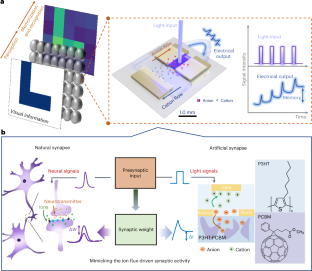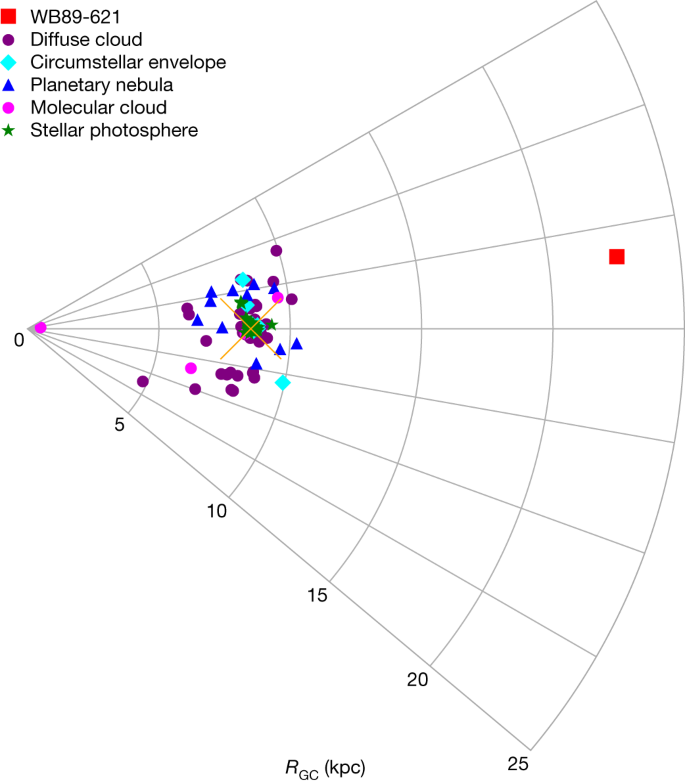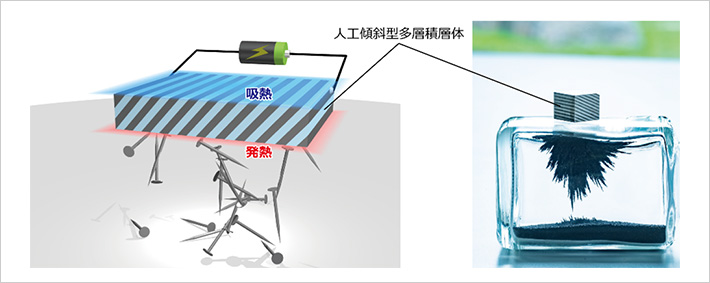2023-11-29 パデュー大学
◆従来のデジタルカメラとは異なり、生体模倣によりデータ処理が少なくエネルギー効率が向上しており、将来的には人機インタフェースの基盤となる可能性があります。
<関連情報>
- https://www.purdue.edu/newsroom/releases/2023/Q4/researchers-look-to-the-human-eye-to-boost-computer-vision-efficiency.html
- https://www.nature.com/articles/s41566-023-01232-x
光子変調電気化学ドーピングに基づく有機光電子シナプス Organic optoelectronic synapse based on photon-modulated electrochemical doping
Ke Chen,Hang Hu,Inho Song,Habtom B. Gobeze,Won-June Lee,Ashkan Abtahi,Kirk S. Schanze & Jianguo Mei
Nature Photonics Published:22 June 2023
DOI:https://doi.org/10.1038/s41566-023-01232-x

Abstract
Optoelectronic synapses can perceive and memorize visual information, making them appealing for future bionic eyes or vision automation. Organic field-effect transistors are a promising platform for optoelectronic synaptic devices thanks to their flexibility and biocompatibility. However, charge screening effects occurring at channel–dielectric interfaces hinder the implementation of programmable multilevel memories. Here, we report photonic organic synapses based on photon-modulated electrochemical doping in electrochemical transistors, where light can manipulate ion insertion into the photoactive layer composed of donor–acceptor heterojunction interfaces. This enables high-density multilevel conductance modulation at low operating voltages (<1 V) and the imitation of ion flux-driven synaptic activity of living systems. The devices can recognize different optical signals and mimic the learning processes of the human brain. By exploiting the integrated functions of perception, processing and memorization of visual information, a single-layer synapse array acts as an artificial retina enabling facial recognition without the use of a complex artificial neural network.



